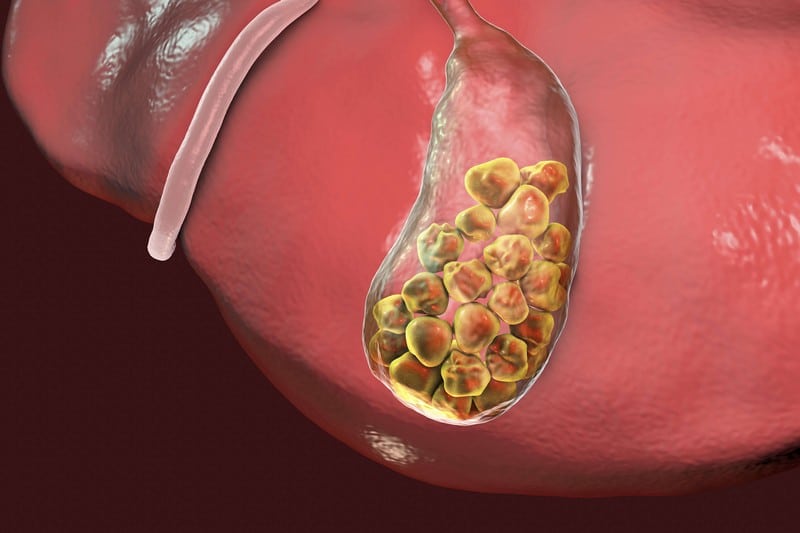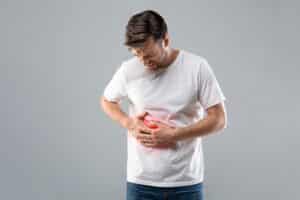Gallbladder Disease

The gallbladder is at the upper right part of your abdomen. It stores and releases bile, which aids in the digestion of fats. Problems with the gallbladder produce pain on your right flank. Causes of the pain include gallbladder infection (cholecystitis) and gallstones.
Gallstones are hard, tiny stones that form in the gallbladder. Their presence might not give you pain, although sometimes, the gallstones can irritate the gallbladder lining, and you will have pain and cramps that worsen after eating fat-rich foods. This is because the gallstones block the fluid released by the gallbladder, which leads to inflammation.
Several conditions affect the gallbladder, such as gallstones, abscesses or gangrene, or a congenital organ defect. Others include growths of tissue in the gallbladder, tumors of the bile ducts, sclerosing cholangitis (disease of the bile ducts), and gallbladder inflammation without gallstones (chronic acalculous gallbladder disease).
Doctors explained that the most common and mildest symptom of gallbladder disease is biliary colic, described by intermittent pain. The patient first experiences a steady gnawing or gripping pain in the upper right abdomen, then it becomes severe and travels to the upper back. Sometimes the pain occurs behind the breastbone.










